You may absolutely dread shark attacks (especially if you’ve watched the Jaws movies), but encounters with many other animals in the ocean can equally leave you fighting for your life. Here are 17 dangerous sea creatures you should always try to avoid, as they can be even more treacherous!
Box Jellyfish

The box jellyfish is mainly found in waters in Australia and the Indo-Pacific Ocean. It’s so dangerous to swimmers because of one thing—it’s tentacles. The toxins in box jellyfish tentacles are potent enough to cause heart failure, paralysis, and death within minutes of being stung. Severe pain from non-fatal cases can also take weeks to recover from.
Cone Snail
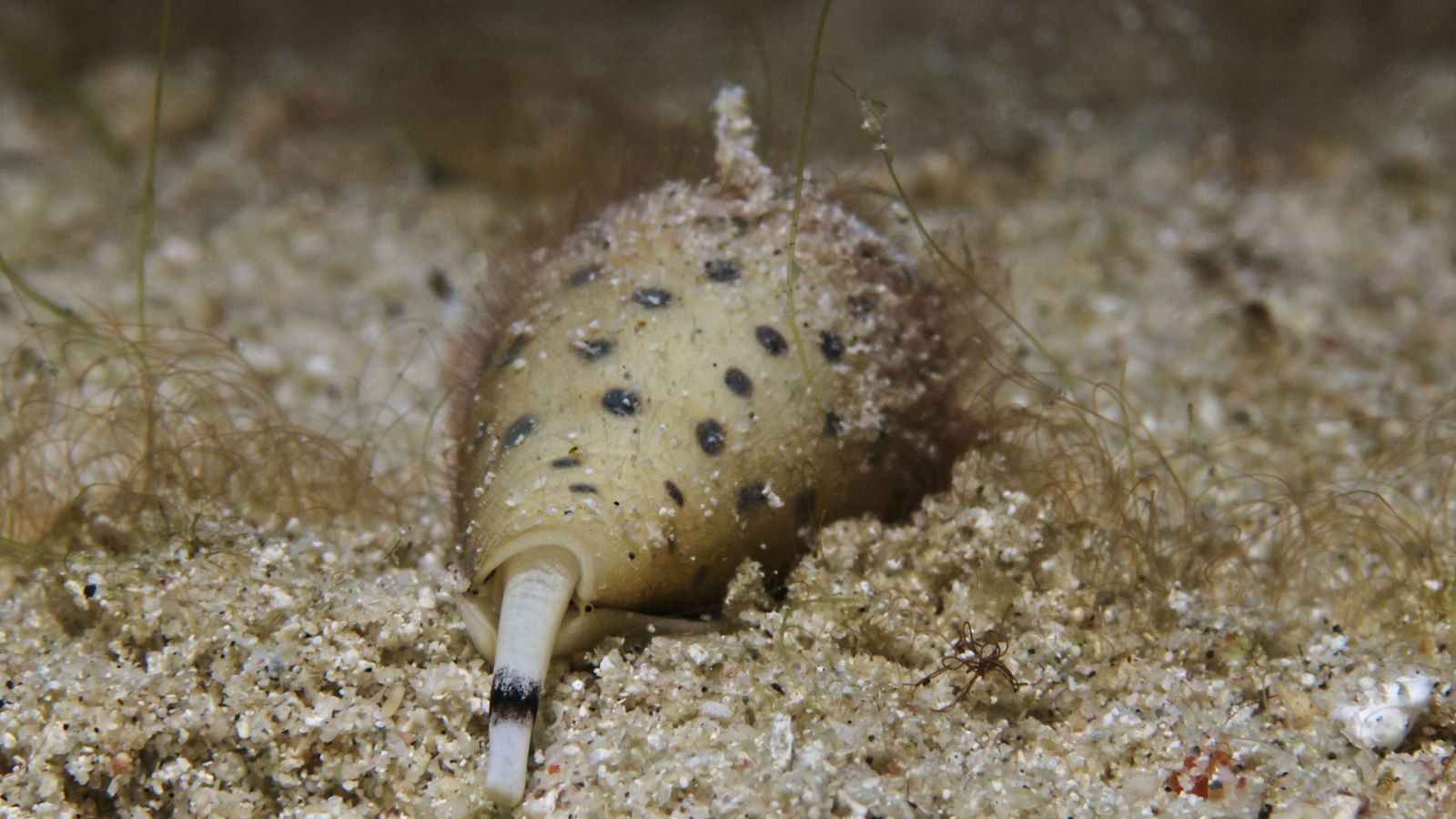
Reading from an NIH study, we learn that the cone snail holds enough venom to kill up to 70 humans! These gastropods’ harpoon-like teeth contain conotoxins that will immediately cause pain, numbness, muscle weakness, paralysis, and eventual death in their victims if medical treatment isn’t sought immediately. Unfortunately, there’s also no specific antivenom for them.
Stonefish
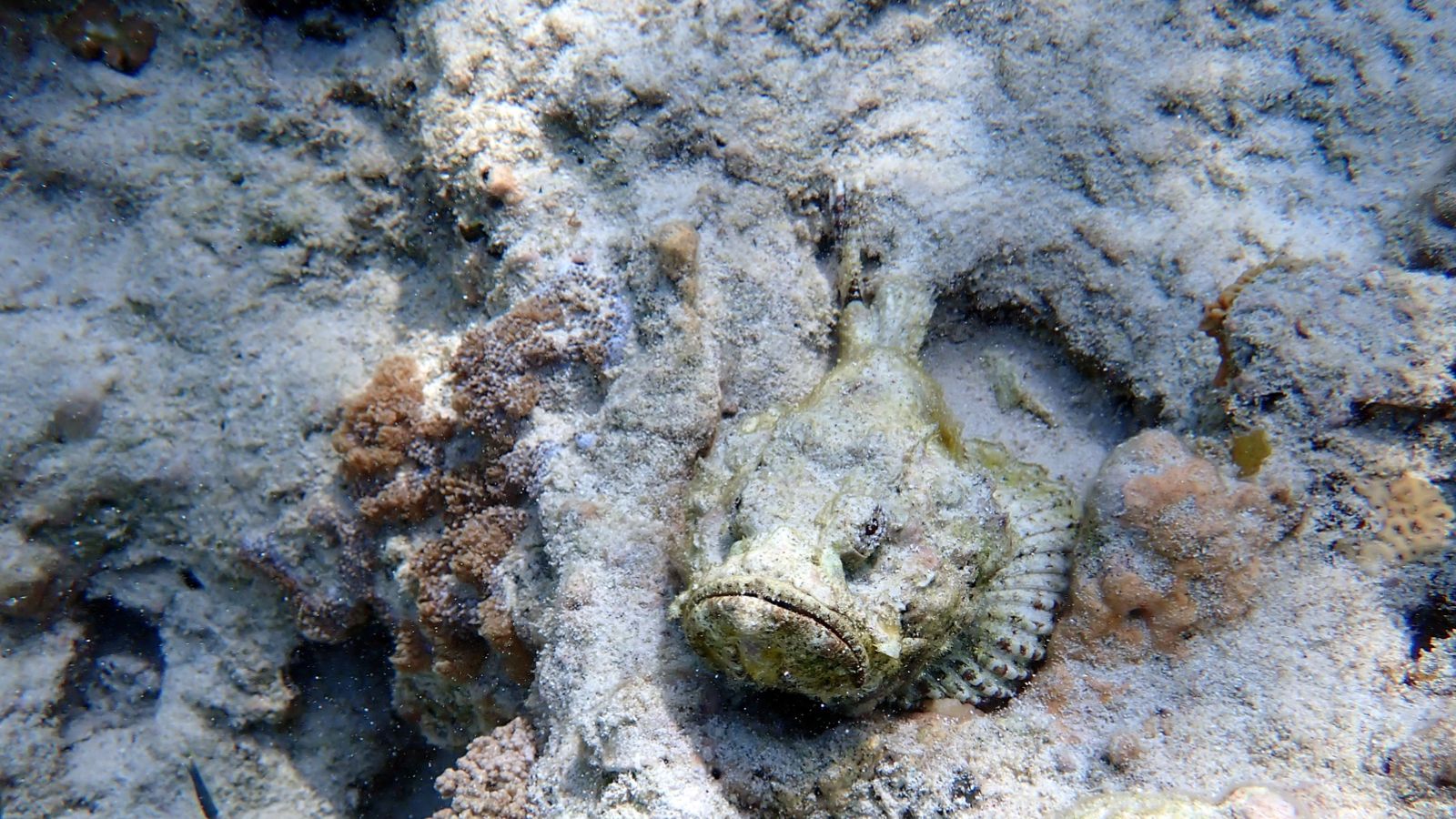
Stonefish hold the position of the most venomous fish out of the estimated 1,200 in the ocean. Without immediate medical care, just stepping on one’s dorsal fins can cause serious tissue necrosis, paralysis, and certain death for an adult human within an hour. The fact that they’re so well camouflaged with their surroundings makes them even more threatening.
Blue-Ringed Octopus
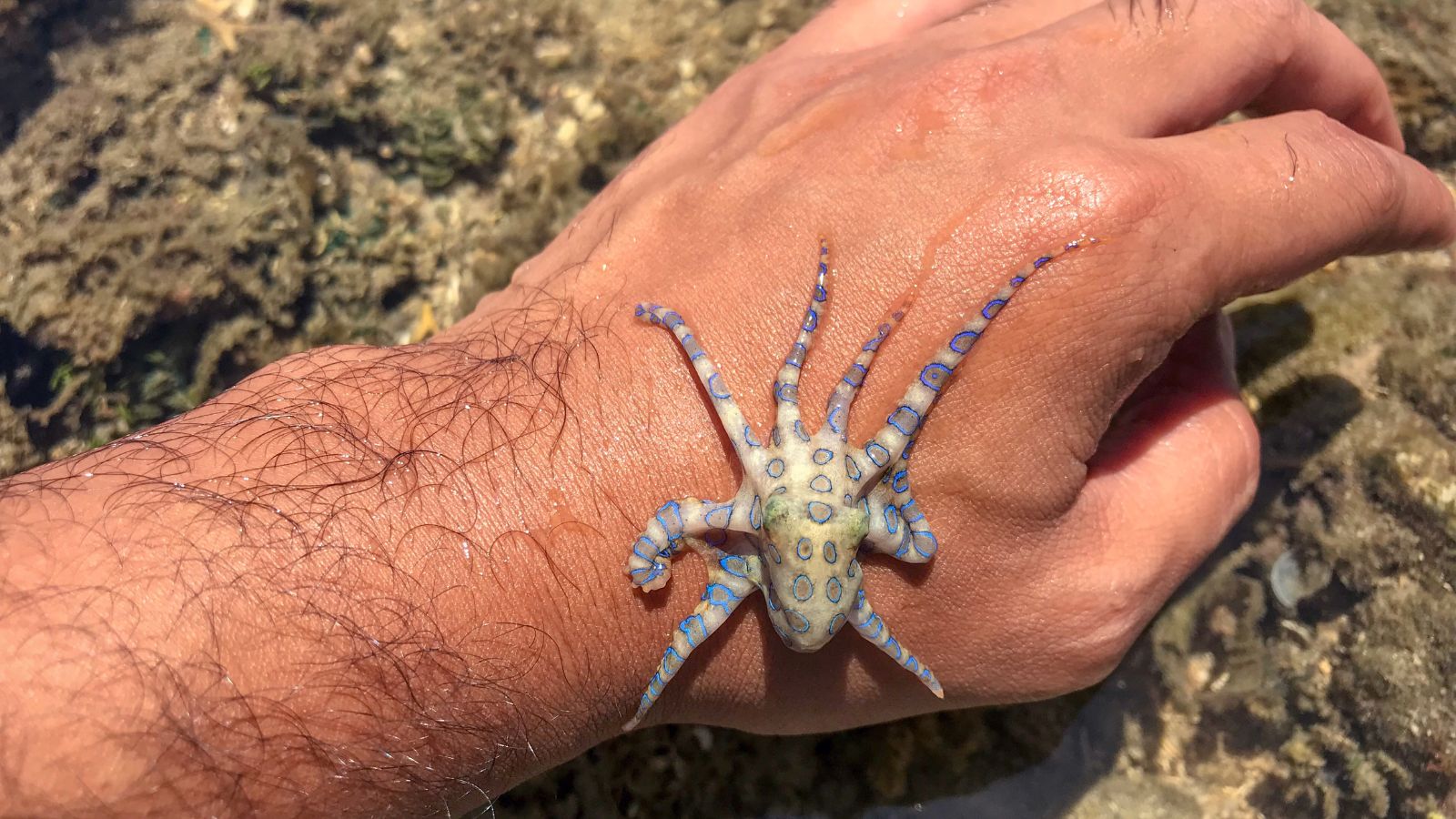
Although small in size, the blue-ringed octopus reportedly carries enough venom to kill 26 humans within minutes. What makes them even more scary, however, is that their tetratomic bites are often painless. Victims only realize they’ve been poisoned through symptoms of paralysis and respiratory failure, and no antivenom is available either!
Lionfish

Even though cases are rare, the venom in lionfish’s spines is still known to cause extreme pain, nausea, dizziness, fevers, numbness, and paralysis in humans. Lionfish are also known to be dangerous to the environment, as they’re an invasive species that threatens local marine ecosystems around the Atlantic, Gulf of Mexico, and the Caribbean.
Sea Snakes
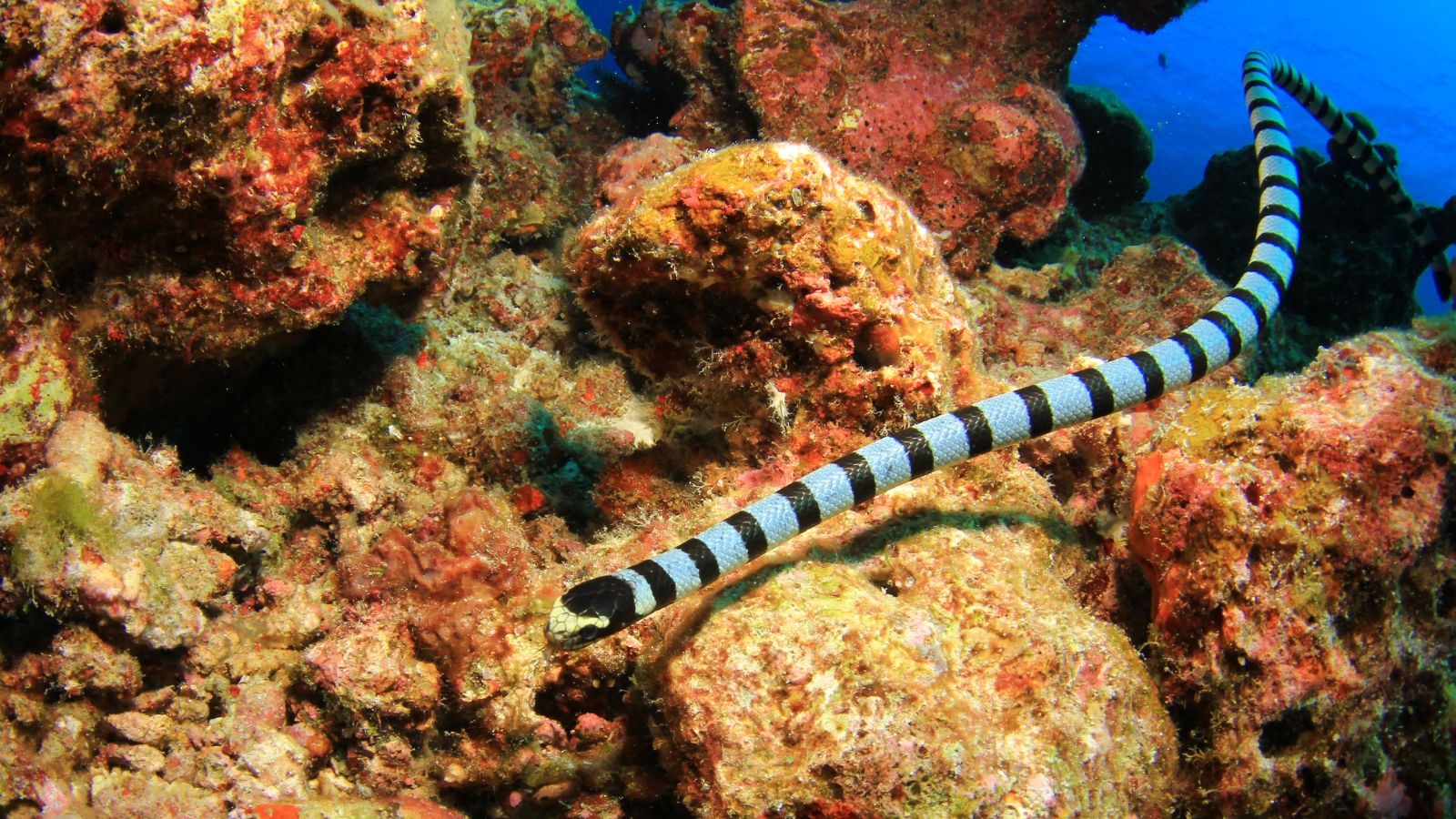
The sea snake is more toxic than most land snakes, as its neurotoxic mix of enzymes and proteins can cause severe breakdown of muscle tissues within hours. The most venomous of them is the Dubois sea snake, but thanks to its short fangs, not all bites lead to the injection of venom.
Portuguese Man O’ War
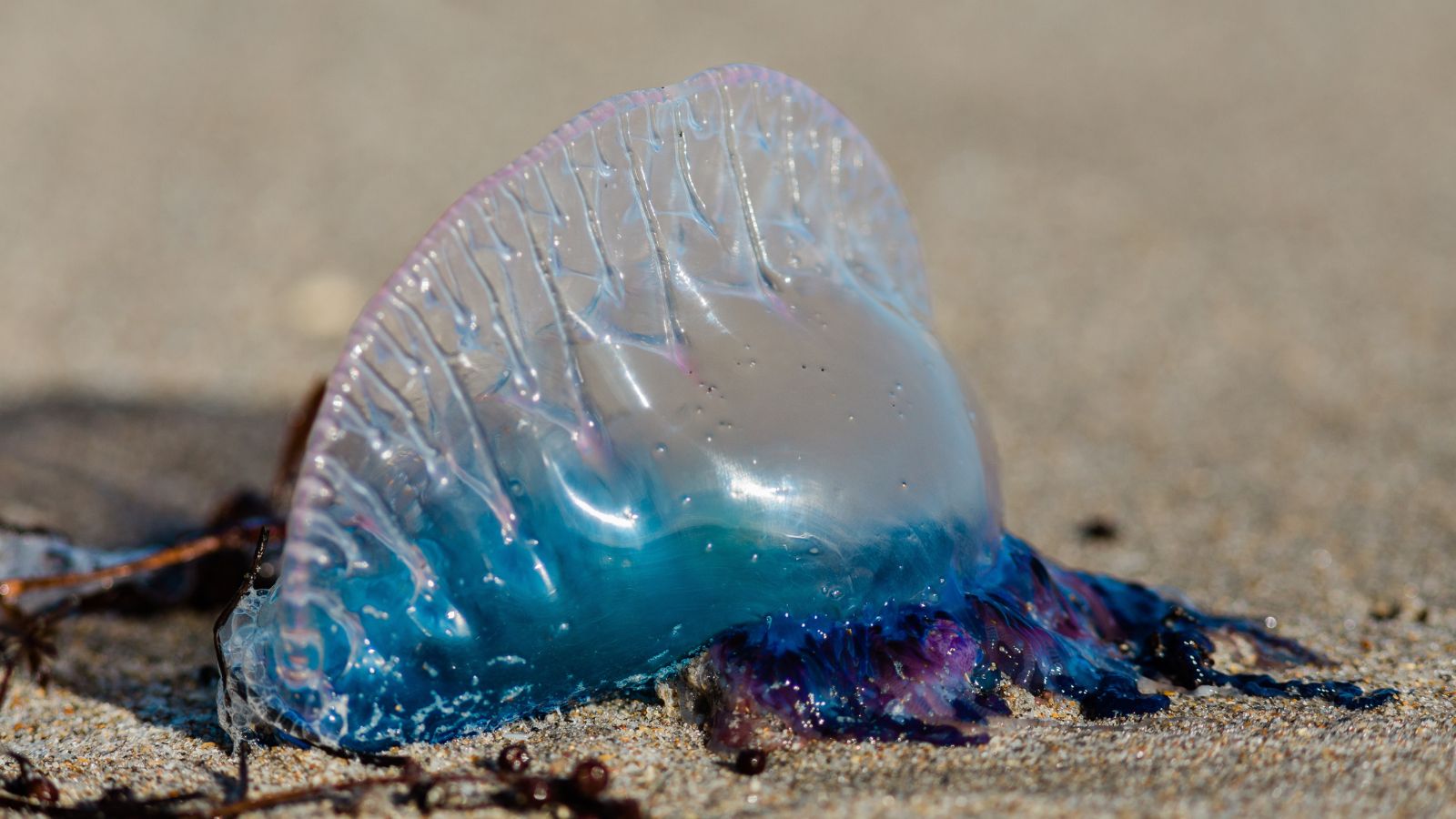
The Portuguese man o’ war’s tentacles are armed with barbed, microscopic nematocysts that deliver a painful sting and eventually cause severe welts on the skin of their victims. Although fatalities are rare, they can still kill adult humans (like one did in 1987), and their tentacles extend up to 30 feet, which increases the risk of accidental contact.
Pufferfish
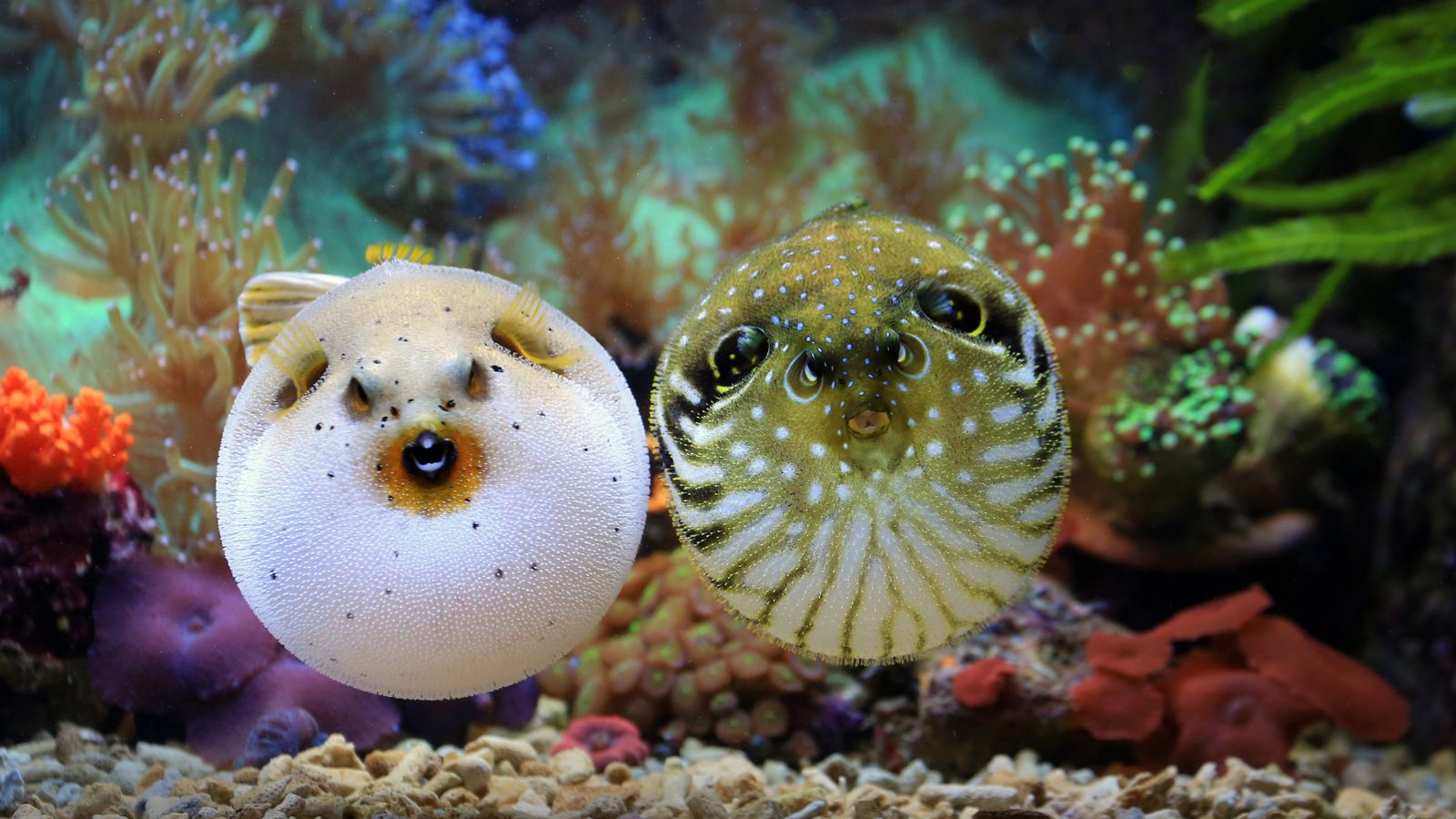
The pufferfish is the most poisonous fish in the ocean, and National Geographic says that it contains enough tetrodotoxin (TTX) to kill 30 adult humans. However, it’s still a delicacy in many cultures around the world despite the fact that improper preparation can cause fatality and that there is no antidote for its poison.
Great Barracuda

The great barracuda has strong jaws and powerful teeth that could cause serious tissue damage, making it dangerous to swimmers. It’s often attracted to shiny objects, and due to its poor vision, it attacks humans, thinking them to be prey. It also uses great speed and agility to ensure its victims don’t get away.
Leopard Seal

Top predators in the Antarctic ocean, leopard seals hunt for warm-blooded animals—not sparing even other seals—and they’re known to be aggressive towards swimmers and researchers. Their jaws can cause serious injury, and there’s one recorded fatality from an attack in 2003.
Electric Eel
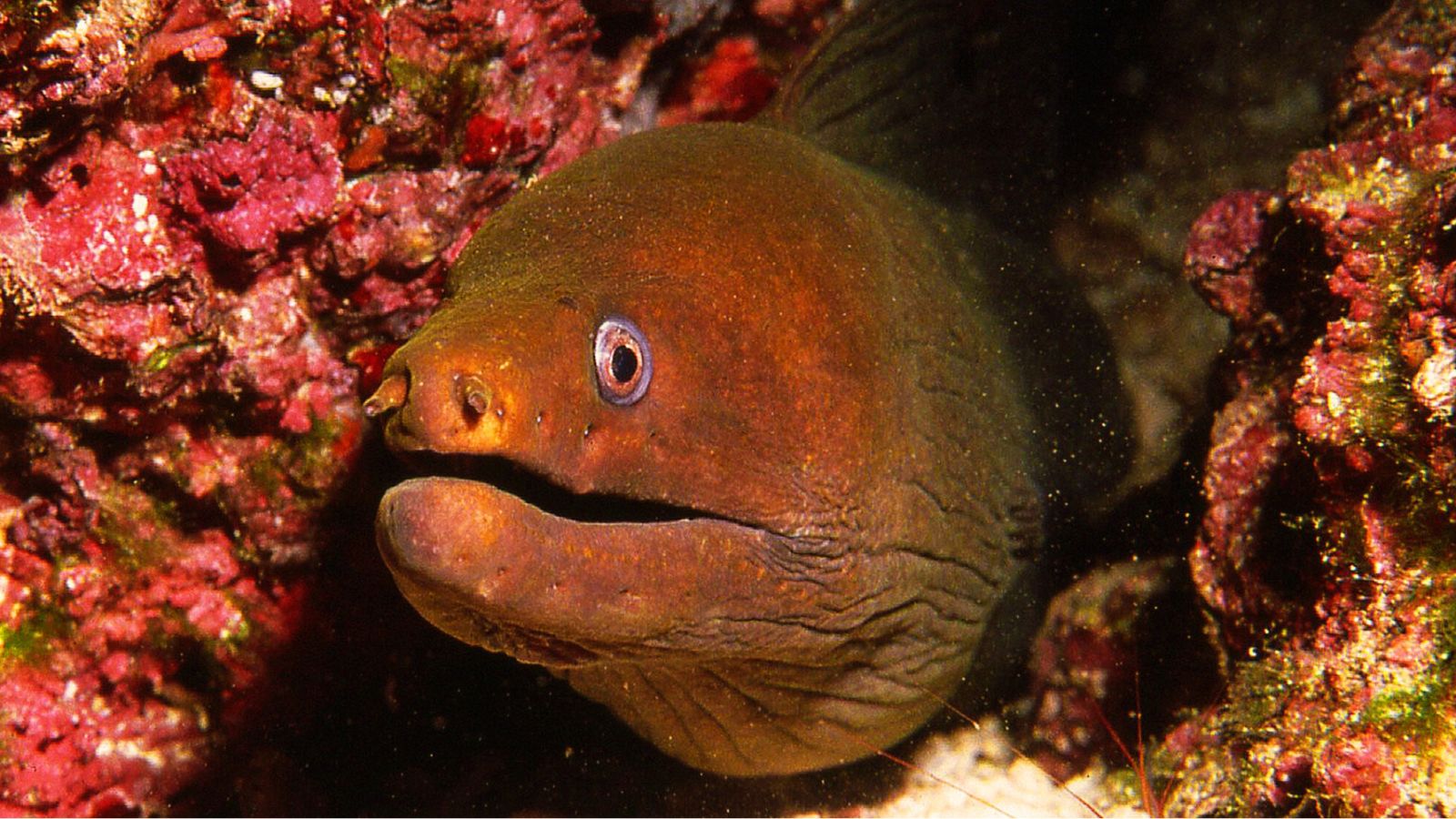
Electric eels can deliver shocks of up to 600 volts, but the New York Times says this lasts only about two-thousandths of a second. By delivering shocks in quick succession, electric eels are known to cause respiratory and heart failure in humans. Fatalities are typically due to drowning from incapacitation, even in shallow waters.
Moray Eel
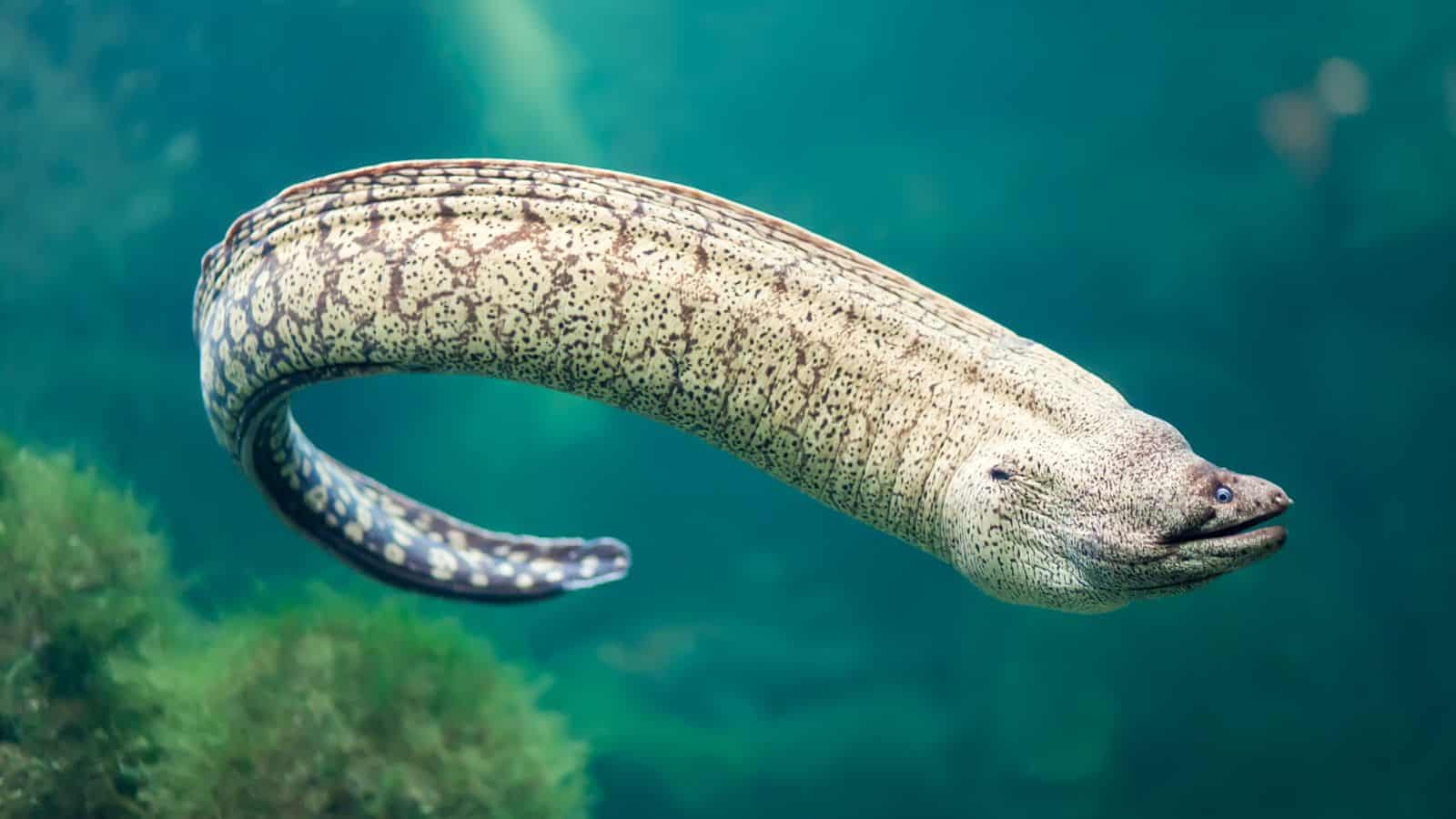
With the moray eel, it’s not poison or electric shocks you should be worried about, but injury from its sharp teeth and powerful bite! Moray eels are known to be aggressive when provoked, and an attack from one can cause you to lose a digit or limb. There’s also the risk of paralysis from infections in certain cases.
Flower Urchin

The flower urchin is another sea creature on our list equipped with venomous spines lined along its back. A sting from one can lead to severe, debilitating pain, loss of muscle function, disorientation, and death from respiratory failure. Flower urchins also camouflage into the seabed, increasing the risk of accidental encounters.
Surgeonfish
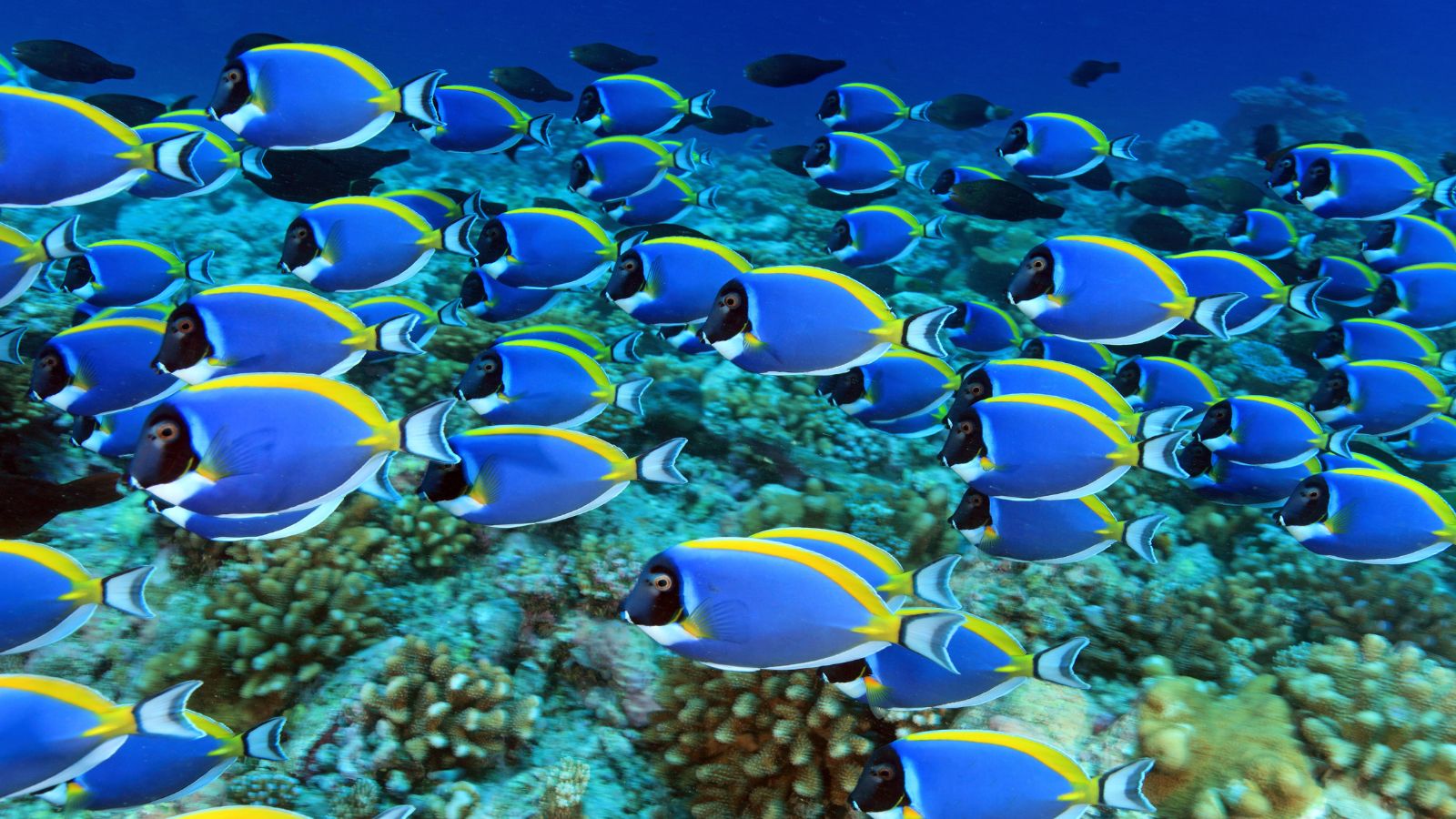
There are three levels of threat with the surgeonfish. The first, which gives them their name, is the caudal spine that extends from their body when threatened, which can inflict very deep cuts on their victims. Envenomation may occur through this spine, and you’re at risk of poisoning when you eat one, too.
Scorpionfish
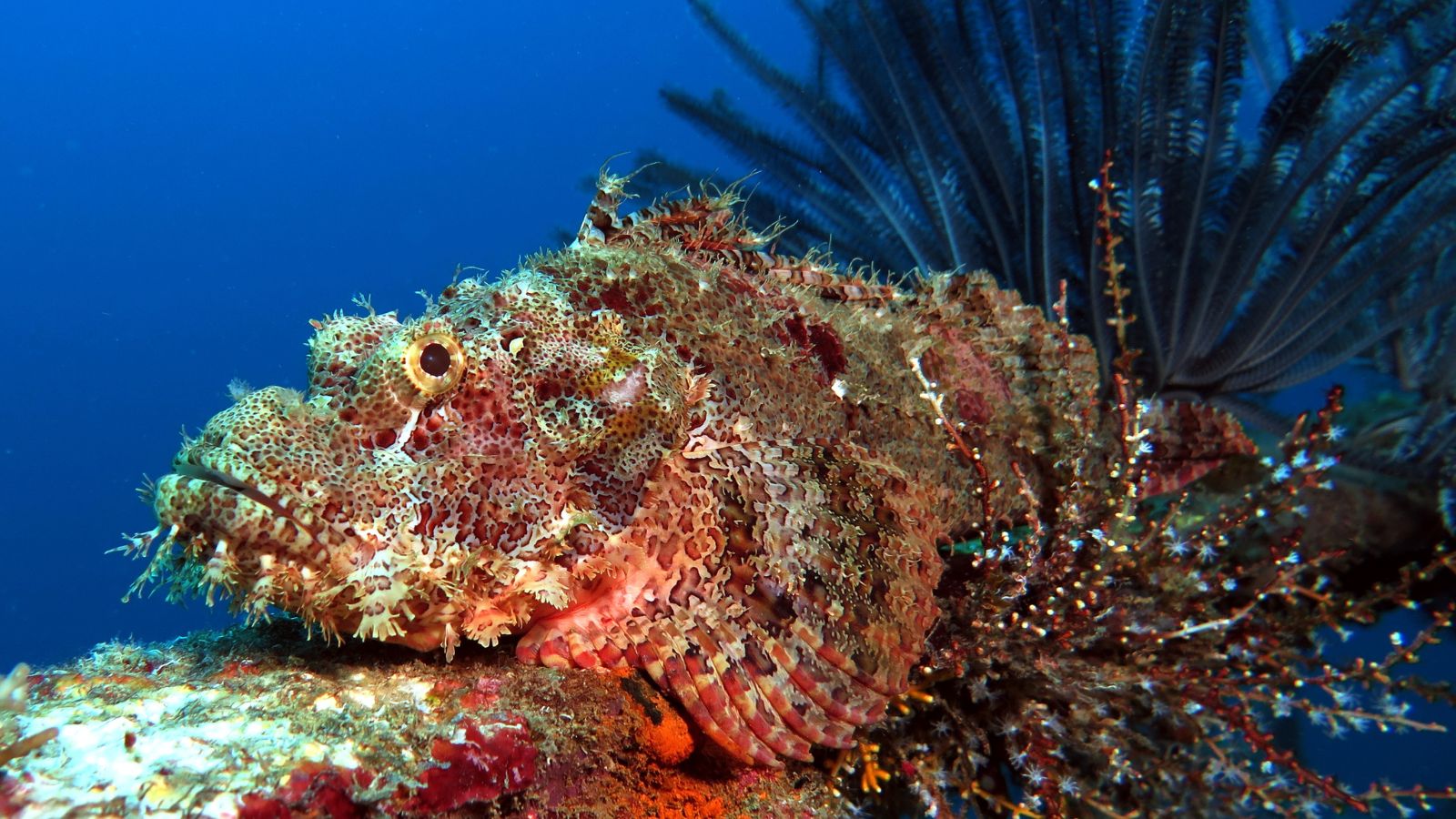
The scorpionfish is an inhabitant of coastal waters around the U.S., and it has a venom that MedlinePlus describes as including neurotoxins. A sting from one can cause skin color changes, heart collapse, seizures, paralysis, and difficulty breathing. You’re advised to wash off and soak wounds using salty hot water after calling for medical help.
Crown-of-Thorns Starfish
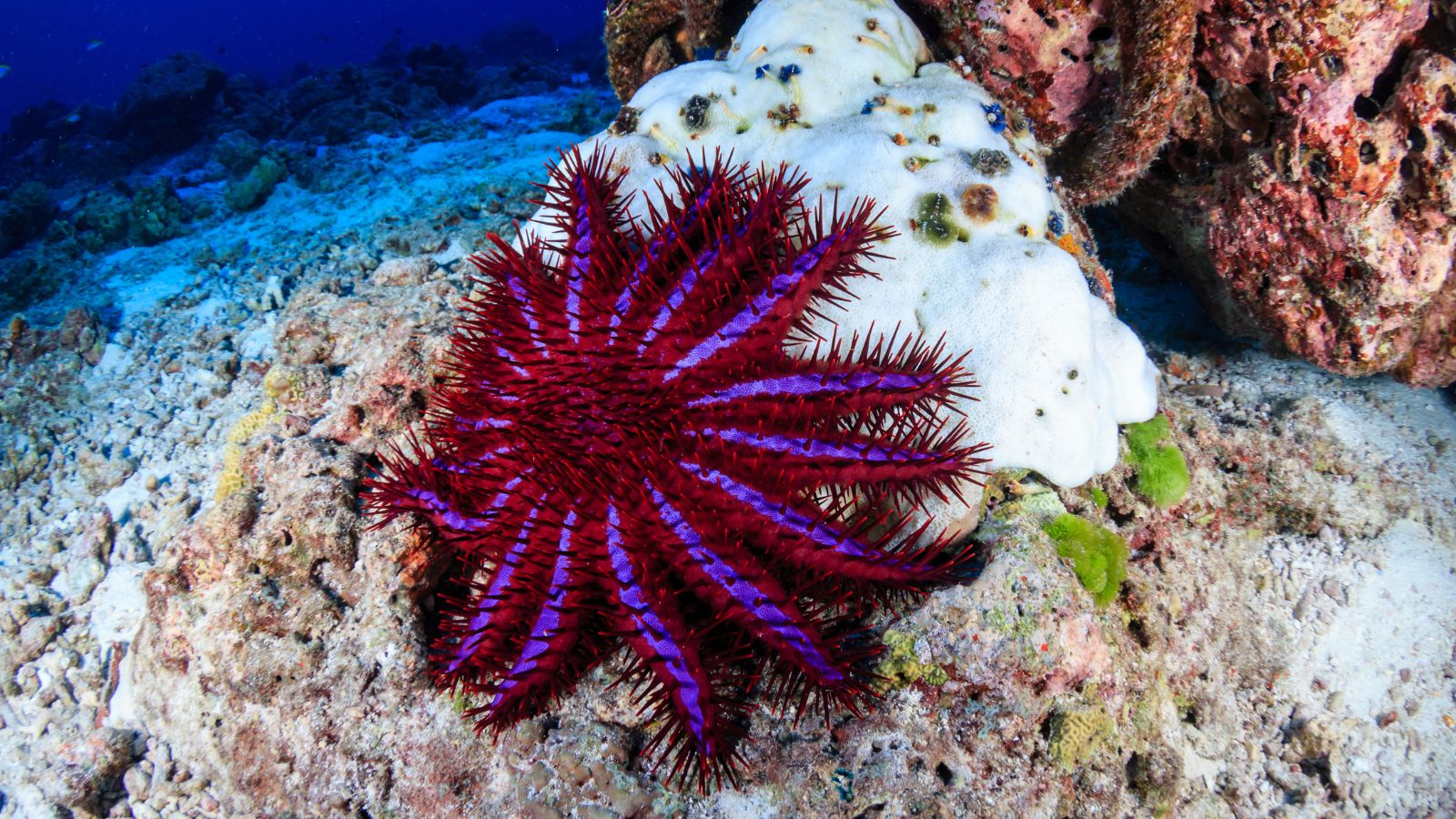
The entire body of the crown-of-thorn starfish is covered in venomous spikes. Their venom can cause cytotoxic effects like swelling, tissue damage, hemolysis (damage to red blood cells), paralysis, and liver damage. It’s also the second-largest starfish in the ocean, spreading across one meter, and large populations of it threaten the coral reef.
Stingrays

Stingrays come with a dangerous tail, and the fact that the tail is venomous isn’t the only reason why you should be wary of them. Their tails are like barbs, too, and human fatalities are typically recorded from puncture wounds to the chest and abdomen. Stingrays are also often buried in sand, which makes them difficult to see and navigate around.
Up Next: 18 Cities in the US That Are So Bad You Won’t Want to Visit

While there are many beautiful cities in the U.S. that are well worth a visit, there are also some that you may want to avoid. This is largely due to high crime rates or issues with quality of life. Here are 18 U.S. cities that you won’t want to visit.
18 Cities in the US That Are So Bad You Won’t Want to Visit
19 American Cities That Disappoint Visitors So Much They Wish They Never Went

The United States is a vast country with over 109,000 cities and towns and many popular tourist hotspots, promising visitors fascinating history, famous landmarks, natural wonders, impressive architecture, and cultural delights. But not every city lives up to the hype! Here, we explore 19 American destinations that often leave visitors underwhelmed.
19 American Cities That Disappoint Visitors So Much They Wish They Never Went
19 Signs That Say You’ve Officially Entered Old Age

Old age comes for us all, though we do our best to resist it for as long as possible. But aging isn’t only gray hair, wrinkled skin, and yelling at kids to get off your lawn. Here are 19 signs you’ve realized you’re no longer the young stud you once were!
